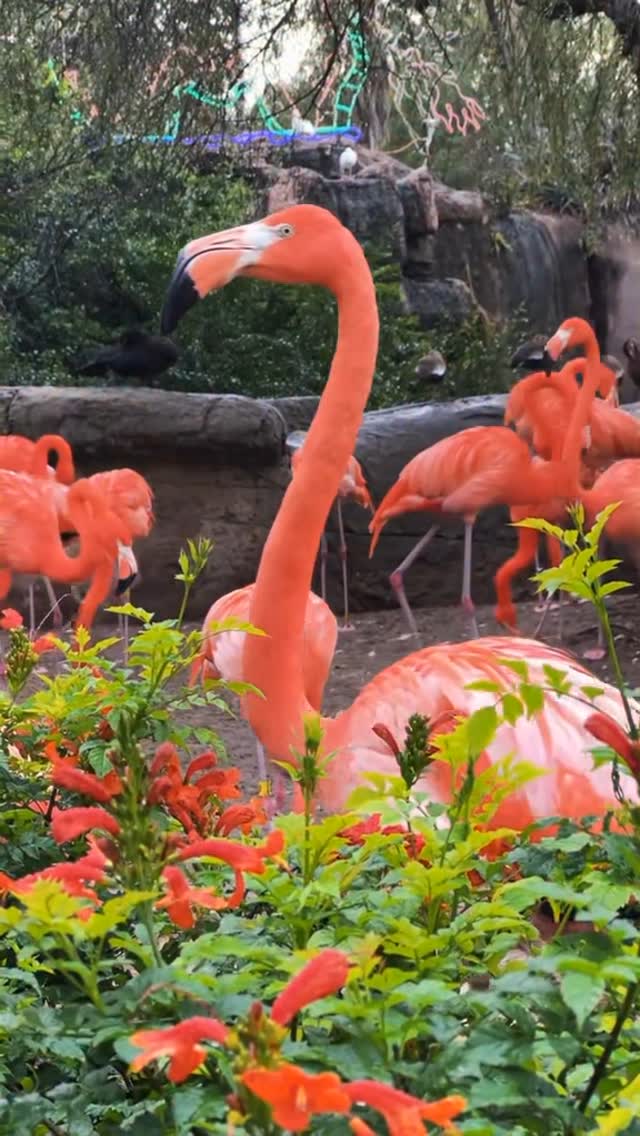- The educational role of zoos and their impact on conservation efforts.
- The first seasonal event at the zoo and its significance in promoting public awareness.
- Habitat simulation and animal welfare in modern zoological parks.
- The importance of community engagement and outreach for wildlife conservation.
- How zoos contribute to global biodiversity and species preservation.
Zoos play a crucial role in both educating the public and contributing to wildlife conservation. As centers for learning, they offer a unique opportunity to inspire visitors and enhance their understanding of the natural world. At the forefront of this educational mission are the exhibits that showcase animals in environments designed to mimic their natural habitats. This helps the public appreciate not only the beauty of these creatures but also the ecosystems they belong to and depend on.
The first event of the year at the zoo marks an exciting time for the institution and its visitors. Such events are strategically planned to enhance public interest and encourage visits. This initial event also acts as a platform to introduce changes in exhibits or showcase the birth of new animals, thus reinforcing themes of renewal and conservation. The integration of educational activities within these events is fundamental. Through interactive exhibits and guided tours led by knowledgeable staff, visitors gain deeper insights into animal behavior and ecology, encouraging a more profound respect for wildlife.
Modern zoos have made significant strides in habitat simulation to maintain animal welfare. The creation of environments that closely resemble animals’ natural habitats involves a careful consideration of dietary, social, and physical needs. For instance, large enclosures with varied topographies offer animals the chance to exhibit natural behaviors, significantly improving their quality of life. This shift from traditional cages to expansive habitats reflects the ongoing commitment zoos have towards promoting animal welfare and understanding species-specific needs.
Community engagement is critical to the success of conservation efforts. Zoos nowadays serve as hubs for wildlife conservation outreach, offering educational workshops, and interactive programs that involve local communities in conservation activities. By fostering a connection between people and wildlife, zoos are instrumental in nurturing a conservation-minded society. Public participation initiatives encourage individuals to apply these principles in everyday life, contributing to broader conservation goals.
Zoos contribute immensely to global biodiversity and species preservation. They participate in breeding programs for endangered species, which are pivotal for preventing extinction. By collaborating with international conservation organizations, zoos help to protect threatened species around the world. Research conducted in zoos can also yield valuable insights into animal health and genetics, facilitating more effective preservation strategies in wild populations. The integration of technology in these efforts has further enhanced our ability to protect and preserve the planet’s biodiversity.
By creating an engaging public interface, zoos play a vital role in the dissemination of knowledge and conservation ethics. The first event of the year is more than a mere attraction; it is a meaningful platform for raising environmental awareness. With well-designed exhibits, community involvement, and strategic partnerships, modern zoos continue to evolve as beacons of education and conservation.
*****
Source Description
It’s the first of the year! 🦩
And it’s going to be a beautiful weekend to visit the Zoo 🎟️


